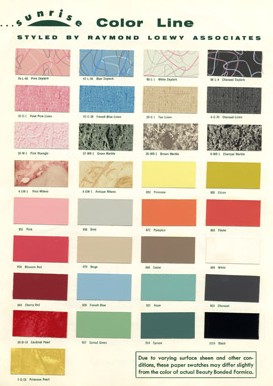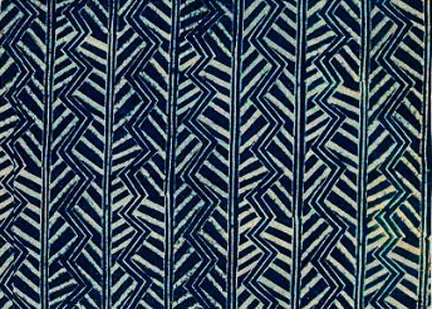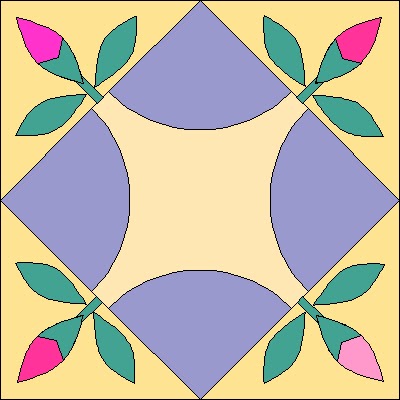The Posey Quilt
or
Posies Round the Square
I've been looking for the origins of this appliqued floral,
which fits so nicely into a definition of modern.
When's the earliest you see the design?
What Mary Engelbreit might call a Fried Egg Flower.
Florence LaGanke Harris, designing for her Nancy Page
quilt column, showed this ditsy flower with a ditsy print
in her 1930 syndicated Alphabet Quilt pattern.
Here's a quilt from my collection,
which is from about 1930.
The Posey Quilt
I'd guess it was made from an Eveline Foland pattern
that appeared in the Kansas City Star on June 8, 1929.
Or from a nearly identical pattern published in
Needlecraft Magazine
July, 1934.
Did Eveline recycle her Posey Quilt anonymously in 1934?
Posies Round the Square
from Needlecraft
The blocks are placed on point in both patterns and in my quilt.
#2526
or
#2525
Because it's partially pieced, the block and several related
designs are in my BlockBase program for PC's.
I imported the patterns into EQ7.
Foland was a little vague about the leaves in her sketch
but her pattern shows a simple pointed oval.
Here's the layout from the Needlecraft pattern, which shows the whole quilt.
I imported BlockBase #2525 into EQ7 and then set up a diagonal grid of 12" finished blocks,
alternating with 25 plain blocks cut to 12-1/2" square.
36 blocks set like this =about 102" square
If you look at both published patterns there is no real border.The vine is appliqued right over the edge of the blocks.
If you don't have BlockBase:
Here's a pattern for a 12" finished block
Cutting a 12" Block
A - Cut 2 squares 6-7/8". Cut each in half with a diagonal cut.
You need 4 triangles.
B and C - Use the templates.
E-G for Applique. Use the templates.. Applique the poseys to piece A before piecing the block.
You can print out the templates by clicking on the two pictures below and saving them to a JPG or a word file. Then print them out at 100%
This image should be 7-1/2" wide.
This one should be 8-1/2" wide.
I have also posted 2 PDF's in Acrobat Workspaces. Click here:
The piecing templates:
The applique templates:
The pattern should work, but since all printers print differently you
might have to fool around with the size to get the pattern to print correctly.
Plus I think that G stem is a little short.
Cut a stem 1" wide (finishing to 1/2") and experiment with the length.
And I'd use a circle template to cut those 2 circles.
They should finish to 3/4" and 1-1/2" wide.
Do check the pattern before cutting any more than one block.
Blocks on point, alternating with plain block, pieced border.
Another way to set the block is side-by-side as in this 1930s version
that Cindy's Antique Quilts has for sale:
It's a similar block without alternating plain blocks or a border.
BlockBase indexes similar designs published after Folands's 1929 publication.
Here's #2527 Spice Pinks from Mrs. Danner's Quilts in 1934
#2528 Sweetheart Garden from the
Nancy Cabot column in the Chicago Tribune in the early '30s.
Posies Around the Square
by Knitnoid
You should be able to find patterns today for similar designs.
This is block A4 from Jennifer Chiaverini's 2010.
Sylvia's Bridal Sampler.
And here is Jenifer Dick's take on the flower:








ivycg~~60_57.jpg)
























































